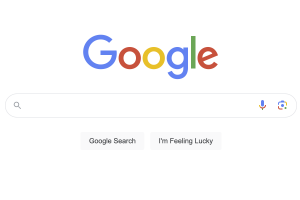
Founded in 1998 by two Ph.D. students at Stanford University, Google has risen to become more than just a household name. Today, Google stands strong as an empire, armed with a vast arsenal of products and devices. In 2006, we published an infographic showcasing the three most popular search engines in America. It comes as […]




